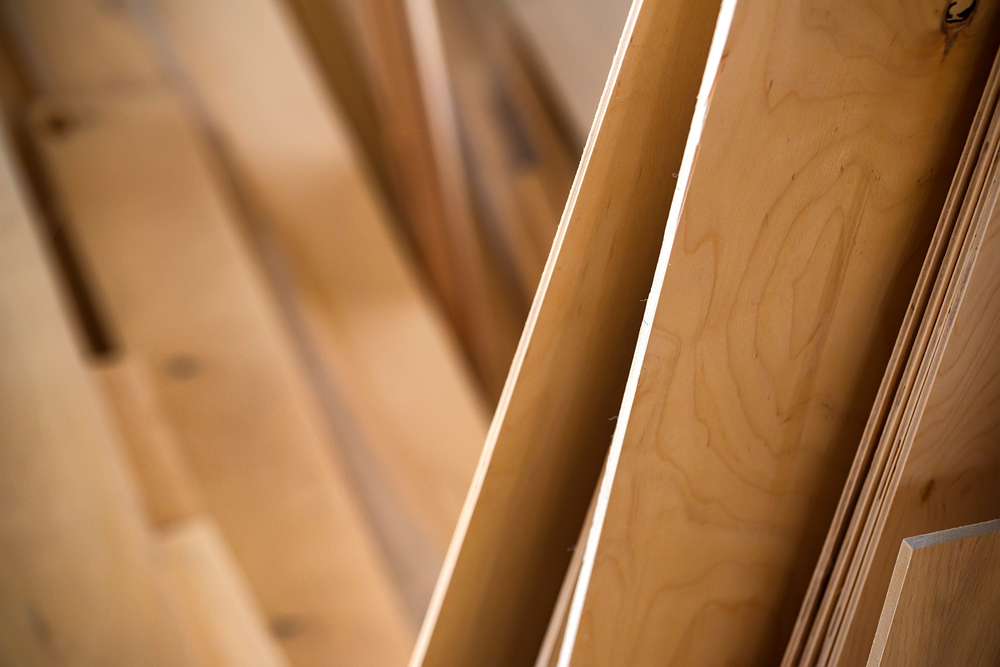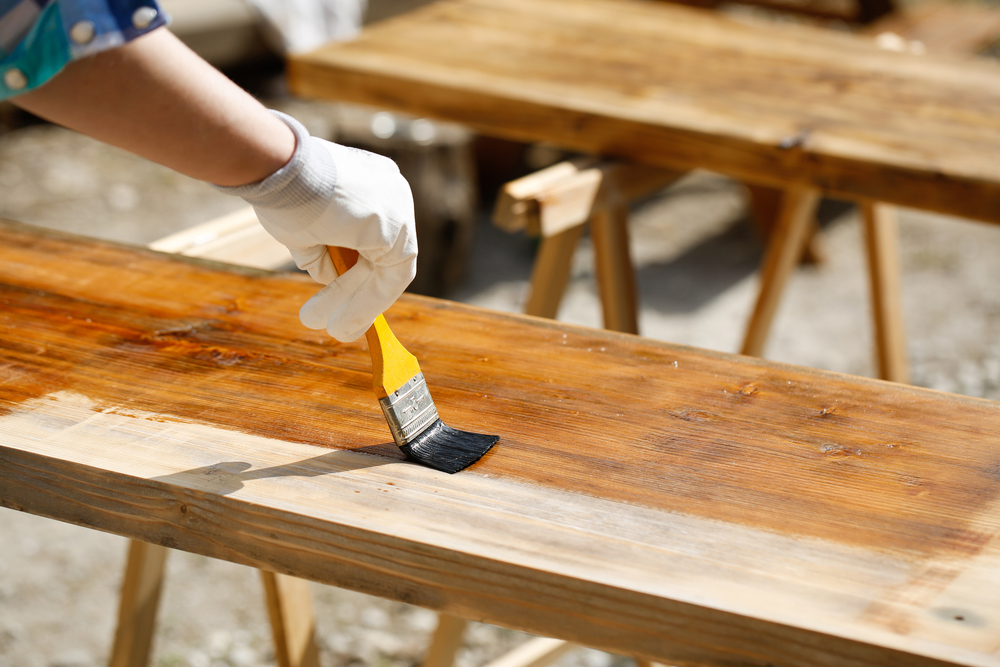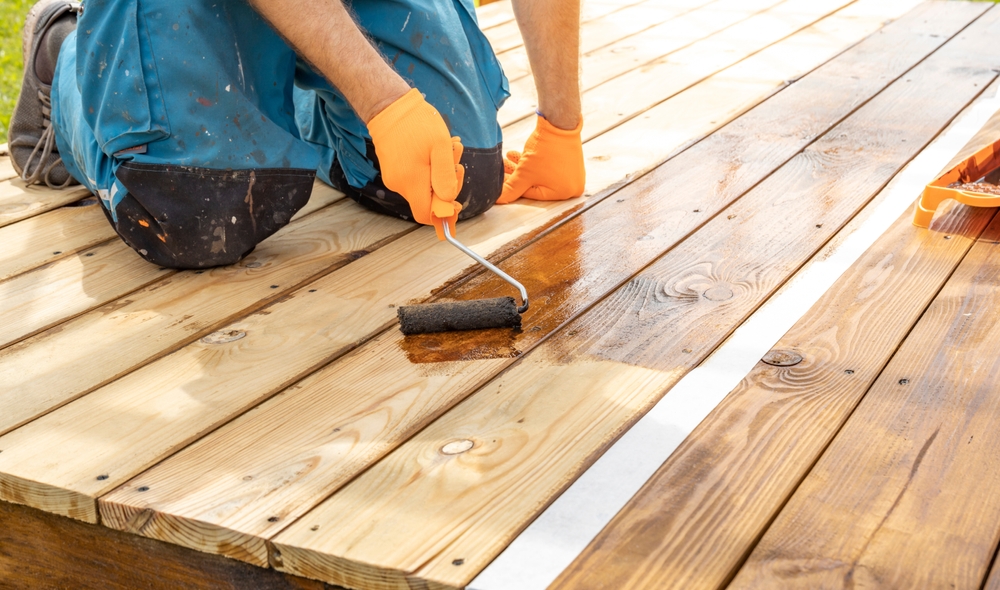Understanding FPE Panels: An Essential Guide
The term FPE panel commonly refers to electrical panels made by Federal Pacific Electric Company. These panels were installed in millions of homes during the mid-20th century. Over the years, safety concerns have brought these panels into question. Despite their widespread use in the past, today they are often recommended for replacement due to potential hazards.
History and Background
During the 1950s to 1980s, FPE panels were a popular choice for residential and commercial buildings. Federal Pacific Electric Company, established in the early 1900s, became a major player in the electrical distribution market. One of their flagship products, the Stab-Lok circuit breaker, was a widely installed component in electrical systems. Though these panels were considered innovative at the time, later evaluations revealed significant issues.
FPE’s reliability came into question as incidents of failure became more frequent. It was discovered that some panels failed to trip circuit breakers as expected under overcurrent conditions. This issue arose partly from design flaws in the Stab-Lok breakers, leading to potential fire hazards. It is estimated that millions of these panels were installed across the United States, making this an ongoing concern for homeowners.
Technical Concerns
The design of the Stab-Lok breaker is central to the issues associated with FPE panels. The breaker design sometimes allows circuits to remain energized beyond their safe capacity. Normally, circuit breakers prevent this by tripping when current surpasses preset limits. Malfunctioning breakers don’t cut power effectively, increasing the risk of electrical fires.
Studies and tests on these breakers have shown a failure rate significantly higher than other contemporaneous products. The Consumer Product Safety Commission (CPSC) evaluated the performance of these panels and found alarming rates of non-trip failures. This rendered FPE panels less reliable and more dangerous compared to newer models available on the market.
Legal and Safety Implications
Several legal actions have spotlighted the risks associated with FPE panels. Although there was no government-mandated recall, the courts recognized the negligence in failure to inform homeowners about potential safety hazards. Lawsuits alleged that Federal Pacific Electric had falsified safety testing results for these panels, compounding public mistrust.
Despite no official recall, safety advocates and professionals consistently recommend replacing FPE panels. The continued operation of these panels presents a fire risk that shouldn’t be underestimated. Insurance companies are also hesitant to cover homes with existing FPE panels, citing increased risk of electrical system failures.
Signs of an FPE Panel
Identifying an FPE panel in your home is a straightforward process. These panels are often labeled with Federal Pacific Electric or occasionally FPE on the cover door or inside the circuit breaker compartment. They typically feature the Stab-Lok design, identified by the unique breakers that sit flush with the panel surface.
It’s wise to inspect for additional signs of damage or degradation. Look for rust, corrosion, or visible wear on the panel surfaces. Any signs of overheating, such as melted fixtures or burnt odors, signal urgent contact with a professional electrician.
Replacement Options
For those with existing FPE panels, replacing them with modern, safer options is advisable. This process should be handled by certified electricians who can ensure compatibility with current standards. New electrical panels are more efficient, meet current safety standards, and offer peace of mind.
Choose a replacement with built-in safety features like arc-fault or ground-fault circuit interrupters. These additions further protect against electrical mishaps, enhancing the safety of your home’s power system. The investment in a new panel not only mitigates risks but can also increase the value of your property.
Consultation and Professional Advice
Hiring a licensed electrician is crucial when dealing with FPE panels. A professional can assess your current system and recommend the right course of action. They can conduct a detailed inspection to determine an appropriate replacement strategy tailored to your home’s electrical needs. Expert advice ensures you comply with local building codes and regulations.
Overall Cost Considerations
Replacing an FPE panel can range from several hundred to a few thousand dollars. Costs largely depend on the complexity of the home’s electrical system and labor rates within your area. Although the initial expense can seem significant, consider the long-term safety benefits and potential savings on homeowners insurance.
Weighing short-term costs against the risks of maintaining the current system helps justify the expense. Newer panels offer better energy management and reliability, which may reduce maintenance costs over time.
Do It Yourself vs. Professional Installation
While some skilled homeowners might be tempted to attempt panel replacement, the risks are significant. Electricity is not forgiving of mistakes; improper installation can cause serious injury or fire. Professional installation safeguards against these dangers, ensuring proper setup and function. The risks associated with DIY electrical work often outweigh the savings.
Professionals are equipped with the knowledge and tools necessary to handle electrical systems safely and efficiently. Attempting a complex task like panel replacement without the proper experience is inadvisable. It’s safer and smarter to rely on qualified electricians for such critical home updates.






